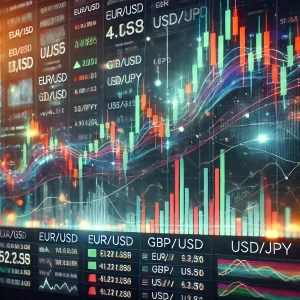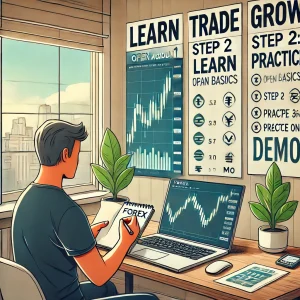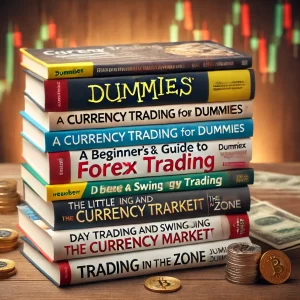Introduction
Volatility is a fundamental aspect of the forex market, indicating the rapidity and extent of currency price changes. It mirrors the dynamic nature of global economic activities, influencing trading decisions and strategies. For traders, understanding volatility is not just about recognizing how currency pairs fluctuate but also about leveraging these movements for potential gains. High volatility can offer significant opportunities for profit, but it also increases risk. Thus, a solid grasp of volatility helps traders manage risks effectively and make informed decisions, ensuring they can navigate the forex market’s complexities with greater confidence and precision.
What Is Volatility?
In financial terms, volatility refers to the statistical measure of the dispersion of returns for a given security or market index. In forex trading, it represents the degree of variation of exchange rates that a currency pair exhibits over a specific period. High volatility means that a currency’s value can change dramatically in a short period in either direction, which presents both opportunities and risks for traders.
Measuring Volatility In Forex
Forex traders often measure volatility through indicators such as the Average True Range (ATR), Bollinger Bands, or standard deviation. These tools help traders assess how drastically currency prices might change and thus guide their trading strategies. For example, the ATR indicator measures the average movement of a currency pair over a specified period, giving an insight into daily volatility.
Trading Strategies For Volatile Markets
- Breakout Trading: This strategy involves identifying key levels that, if broken, can lead to significant price movements. Traders set trades that align with the direction of the breakout, capitalizing on the rapid price changes.
- Scalping: In highly volatile environments, scalping can be particularly effective. This strategy involves making numerous trades for small profit gains within minor price changes, often during major economic announcements when volatility is heightened.
- Using Options: Forex options allow traders to capitalize on volatility without the same level of risk associated with direct spot forex trading. Options provide the right, but not the obligation, to buy or sell a currency at a predetermined price before the option expires.
Managing Risks In Volatile Forex Markets
While volatility can lead to significant profits, it also increases risk. Thus, managing these risks is crucial:
- Implementing Stop-Loss Orders: To safeguard against massive losses, traders can set stop-loss orders that automatically close a trade at a pre-defined level.
- Position Sizing: Adjusting the size of positions according to the volatility can reduce risk. When volatility is high, reducing the position size can limit potential losses.
- Diversification: Trading multiple currency pairs that react differently to the same economic event can spread risk.
Conclusion
Volatility is a double-edged sword in forex trading that can forge significant opportunities as well as pose considerable risks. Successful traders not only understand how to measure volatility and utilize appropriate trading strategies but also consistently apply risk management techniques to protect their investments. By mastering these elements, traders can enhance their ability to profit in the forex market, regardless of its unpredictability.



